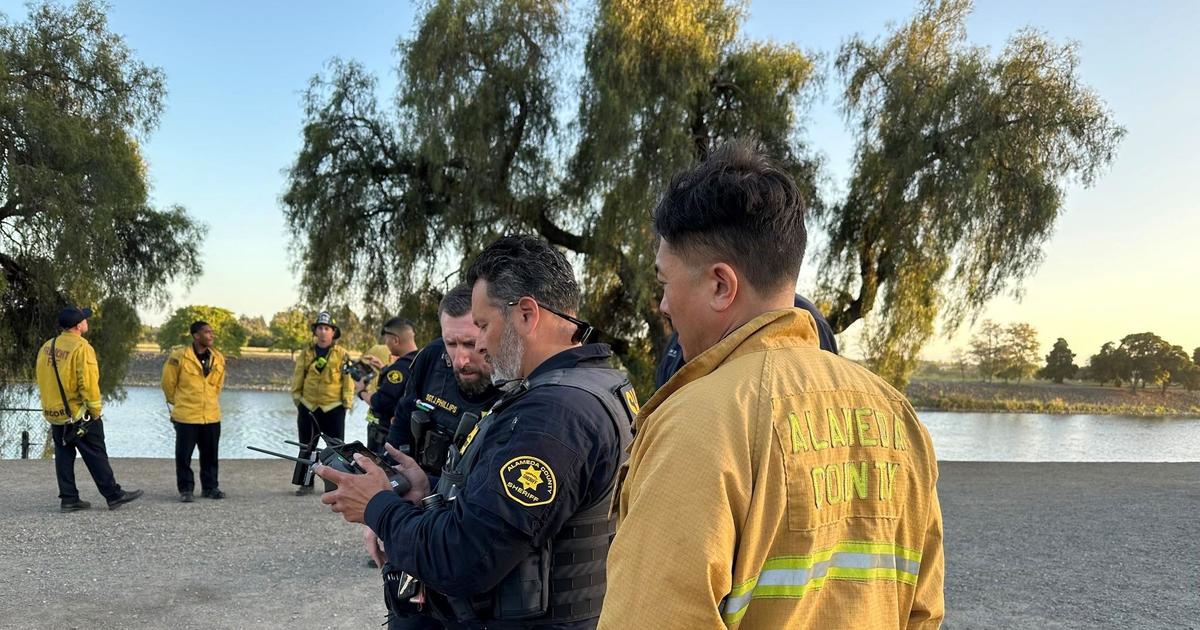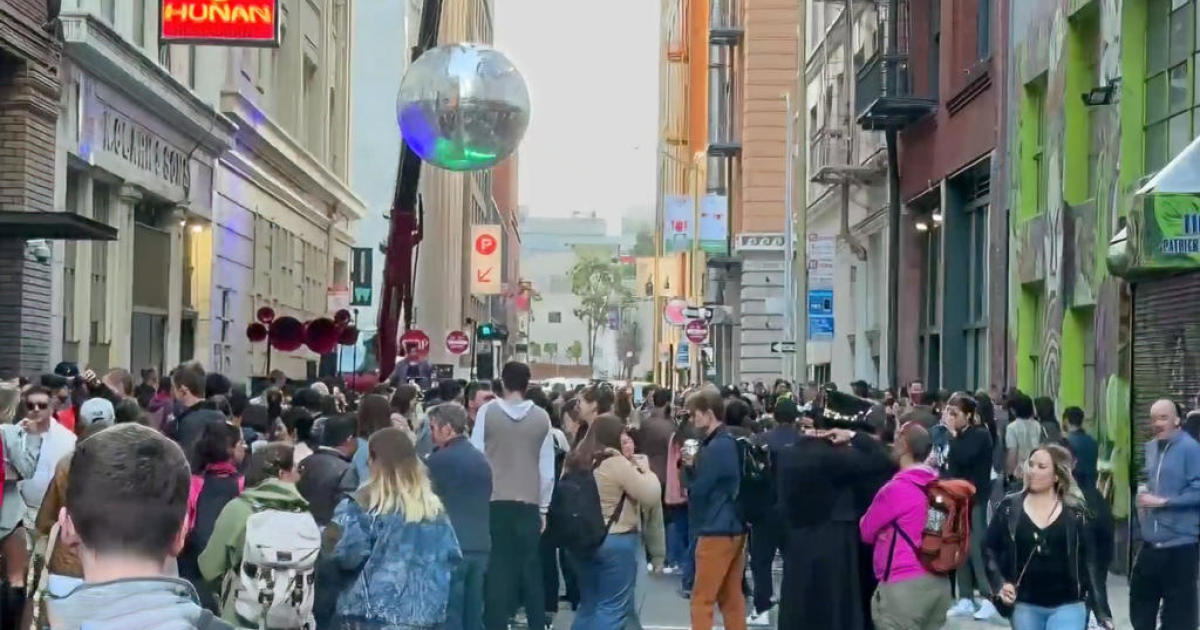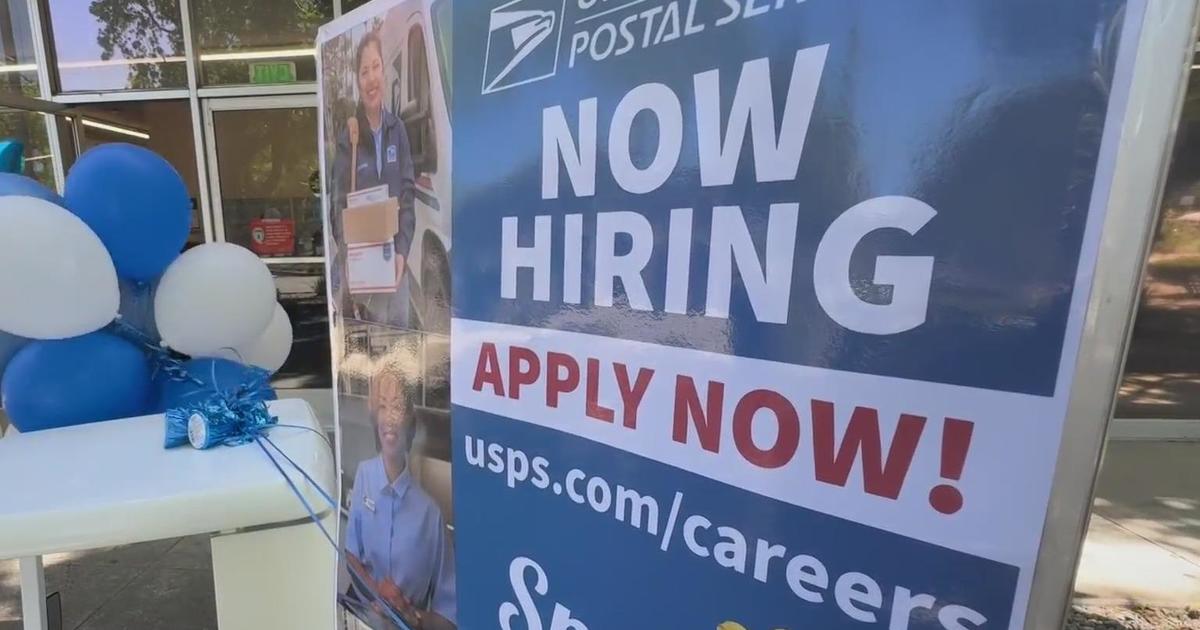California's Chaotic COVID Vaccine Rollout Lurches Forward
FREMONT (KPIX) -- California's many efforts to get its vaccine supply into those who need it most is finally starting to accelerate a bit. One of them got rolling Saturday at a senior living facility in Fremont.
It was a long-awaited moment for about 240 residents and staff members at Aegis Assisted Living. Their first dose of the Pfizer vaccine arrived Saturday.
"We're obviously pretty excited to have the vaccinations going on," said Dave Pepper, Aegis Fremont general manager.
"Our home office had contracted with CVS months out," he added. "So we're the first ones to get it rolling in Alameda County."
This kind of on-site vaccination effort through a pharmacy partner is just one of the ways California is delivering the vaccine. The state's effort is scattered across some 2,500 vaccine distribution partners, large and small. That many moving parts is another reason it is taking so long to get up to speed.
"The process is not as simple as we think it is," said Stanford's Dr. Bonnie Maldonado. "It's not just a matter of coming to existing clinics. We're layering on a brand new vaccine with brand new instructions."
Maldonado says deployment is complicated, expensive and the kind of thing that takes preparation.
"Billions of dollars were spent on developing these vaccines," she says. "Billions of dollars were not spent on implementing vaccine administration rollout so counties and states have been doing vaccination programs with almost no additional resources."
Even with the relatively small amount of vaccine available right now, it can only be injected so fast.
"36,000 shots have been given so far," Contra Costa County Dr. Ori Tzvieli said Friday. "But I want to make it clear that the county is not just sitting on those other 36,000 doses. We have scheduled thousands of people to receive those doses in the coming days and weeks."
Contra Costa County would love to have more vaccine but it too is limited by its own capacity to deliver it. Dr. John Swartzberg of UC Berkeley says the crunch right now is on both supply and logistics.
"I think we will see the logistics getting better and better over the next few months," Swartzberg said. "Maybe a month, two months. By March it should be significantly better."
As the logistics improve, we'll increasingly have another problem: less vaccine than we would like to have. Getting distribution logistics aligned with enough supply might not be achieved until Johnson & Johnson's single-dose vaccine is ready some time in April or May.



